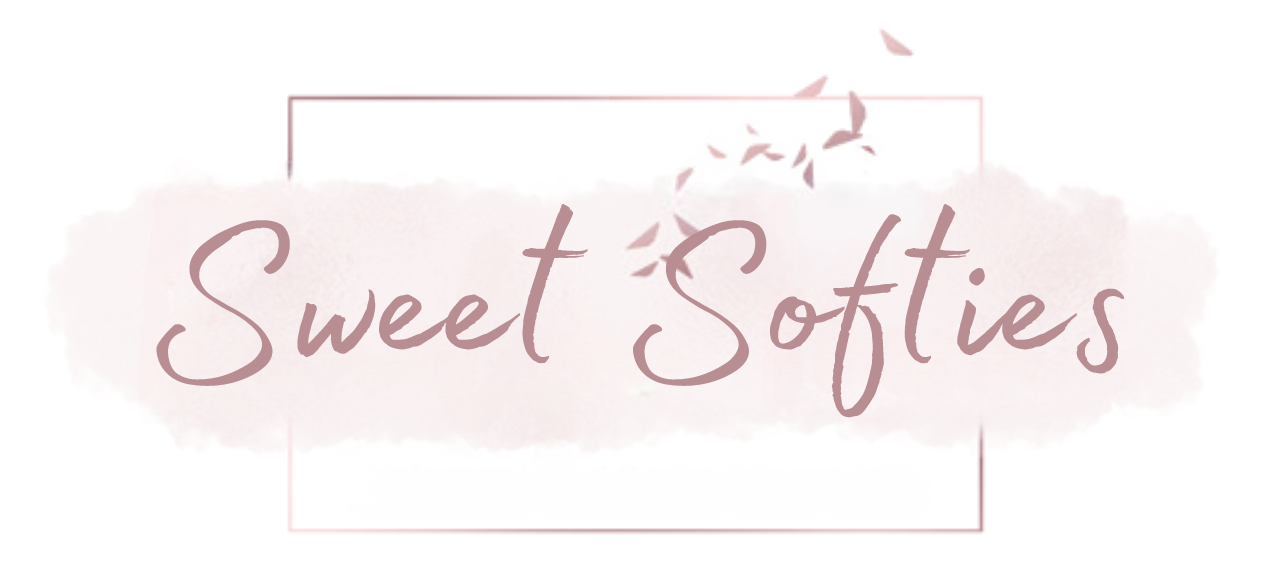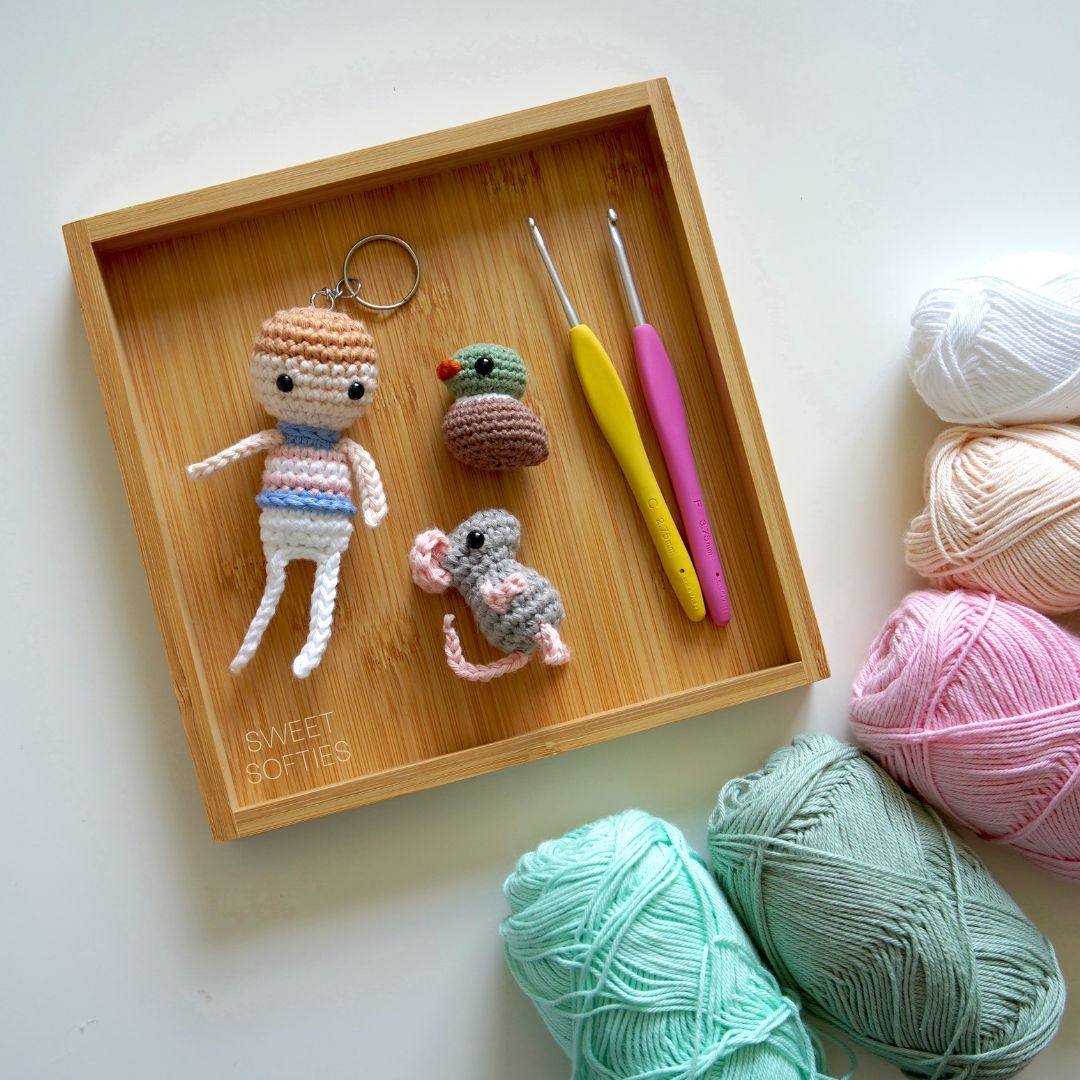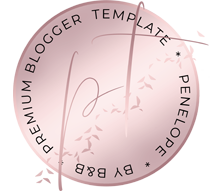Ergonomics. Sounds fancy, right? Simply put, ergonomics is the science of designing stuff to fit people instead of expecting people to fit stuff. It's about creating environments and tools that help us work better and feel better. So, what does this have to do with productivity? Let's dive in and look at eight ways that ergonomics influences workplace design and impacts productivity.
Impact on Ergonomics and Productivity: Ergonomically designed time management tools are easier and more comfortable to use, reducing stress and promoting better posture if they're physical tools. A well-planned schedule decreases mental clutter, aids in prioritizing tasks, and prevents forgetting crucial activities. With less time wasted and more intuitive tools, you can enhance focus, alleviate unnecessary pressure, and ultimately boost productivity.

Impact on Productivity: A comfy chair means less back pain and more focus on your work. When your chair supports you well, you can work for longer without getting tired or sore.
Impact on Productivity: Good lighting reduces eye strain and headaches. This means you can concentrate better on your tasks and be more efficient.

So, that's the scoop! Ergonomics goes beyond snazzy chairs or futuristic gizmos. It's about reshaping our workplaces to suit us better, paving the way for happier, healthier, and more productive workdays. The next time you settle into your work zone, take a moment to inspect your surroundings. Are there ergonomic adjustments that could be made? If so, don't hesitate to make those changes — your productivity and well-being will surely benefit!
Ergonomic Time Management Tools:
Definition: These are tools, like a time planner, that assist you in organizing your tasks and time more efficiently. They can be physical items like an ergonomically-designed planner with easy-to-write spaces, or digital applications with user-friendly interfaces.Impact on Ergonomics and Productivity: Ergonomically designed time management tools are easier and more comfortable to use, reducing stress and promoting better posture if they're physical tools. A well-planned schedule decreases mental clutter, aids in prioritizing tasks, and prevents forgetting crucial activities. With less time wasted and more intuitive tools, you can enhance focus, alleviate unnecessary pressure, and ultimately boost productivity.
Adjustable Chairs:
Definition: These are chairs you can tweak to fit your body perfectly. This means adjusting the height, the backrest, the armrests, and even the seat depth.Impact on Productivity: A comfy chair means less back pain and more focus on your work. When your chair supports you well, you can work for longer without getting tired or sore.
Proper Lighting:
Definition: This refers to how bright or dim the light in your workspace is. Proper lighting is about having just the right amount, not too much and not too little.Impact on Productivity: Good lighting reduces eye strain and headaches. This means you can concentrate better on your tasks and be more efficient.
Desk Height and Design:
Definition: This relates to how tall or short your desk is, and its design like whether it's a standing desk or regular desk. The desk should be at a height where your arms rest comfortably while typing.
Impact on Productivity: A well-sized desk can prevent shoulder and wrist discomfort. If you're comfortable, you're less likely to be distracted by aches and can focus more on your work.
Impact on Productivity: A properly positioned monitor can reduce neck strain and make reading easier. And less discomfort means more focus on your tasks.
Impact on Productivity: These can help reduce the risk of issues like carpal tunnel syndrome. Fewer health problems mean fewer distractions from your work.
Impact on Productivity: A well-arranged workspace can make it easier to reach things you need, reduce clutter, and create a smoother workflow.

Definition: This is about managing the amount of noise in your workspace, which could come from people talking, machines humming, or even traffic outside.
Impact on Productivity: A quieter workspace can improve concentration and reduce stress. Less noise means fewer disturbances while you work.
Impact on Productivity: An optimal temperature can keep you alert and focused. If you're not sweating or shivering, you can pay more attention to your tasks.
Impact on Productivity: A well-sized desk can prevent shoulder and wrist discomfort. If you're comfortable, you're less likely to be distracted by aches and can focus more on your work.
Monitor Position:
Definition: This is all about where your computer screen sits in relation to your eyes. Ideally, the top of the screen should be at or slightly below eye level.Impact on Productivity: A properly positioned monitor can reduce neck strain and make reading easier. And less discomfort means more focus on your tasks.
Keyboard and Mouse Design:
Definition: Ergonomic keyboards and mice are designed to be more comfortable and natural for your hands to use.Impact on Productivity: These can help reduce the risk of issues like carpal tunnel syndrome. Fewer health problems mean fewer distractions from your work.
Workspace Layout:
Definition: This involves the arrangement of your desk, chair, computer, and other tools in a way that's easy and efficient to use.Impact on Productivity: A well-arranged workspace can make it easier to reach things you need, reduce clutter, and create a smoother workflow.
Noise Control:
Definition: This is about managing the amount of noise in your workspace, which could come from people talking, machines humming, or even traffic outside.
Impact on Productivity: A quieter workspace can improve concentration and reduce stress. Less noise means fewer disturbances while you work.
Temperature Control:
Definition: This involves maintaining a comfortable temperature in your workspace. Not too hot, not too cold.Impact on Productivity: An optimal temperature can keep you alert and focused. If you're not sweating or shivering, you can pay more attention to your tasks.
So, that's the scoop! Ergonomics goes beyond snazzy chairs or futuristic gizmos. It's about reshaping our workplaces to suit us better, paving the way for happier, healthier, and more productive workdays. The next time you settle into your work zone, take a moment to inspect your surroundings. Are there ergonomic adjustments that could be made? If so, don't hesitate to make those changes — your productivity and well-being will surely benefit!






.jpg)


.jpg)



